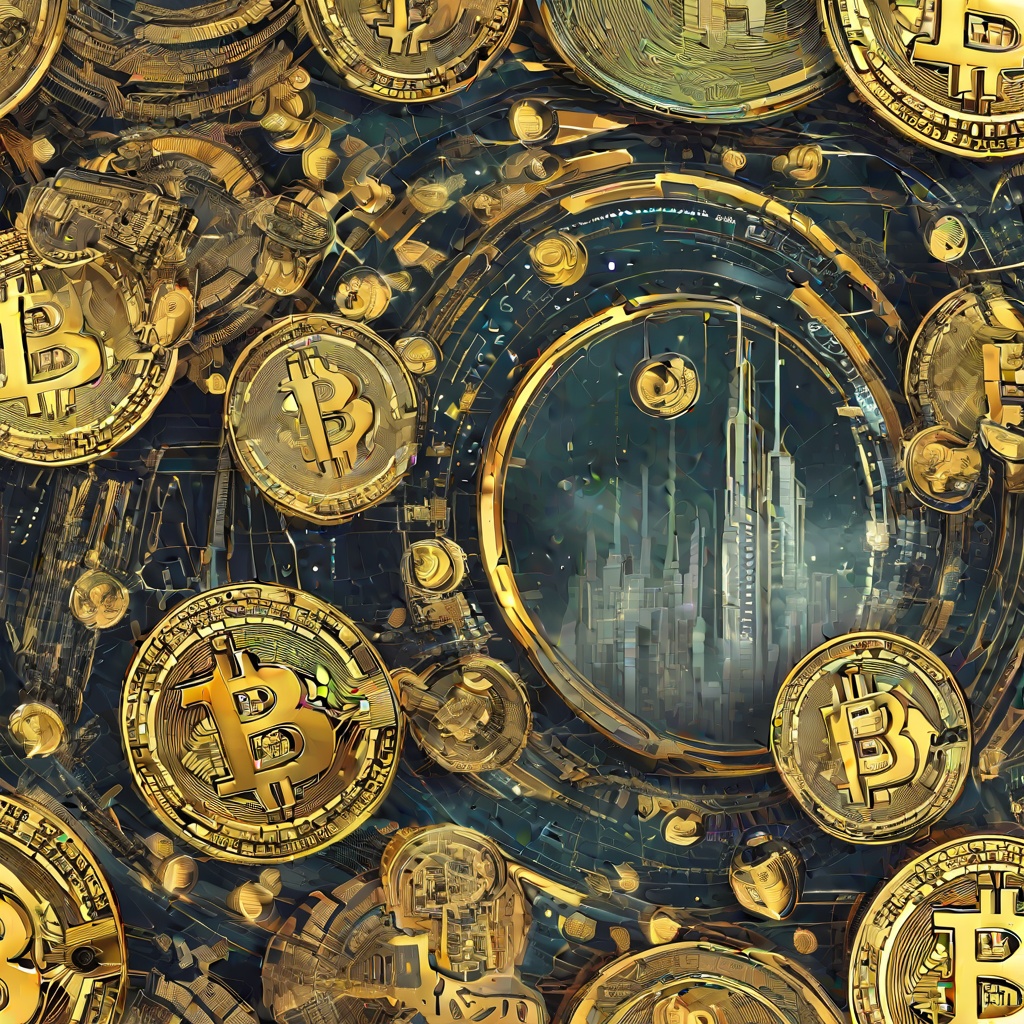How were coins sized in the United States?
Could you elaborate on the process of determining the size of coins in the United States? Was there a specific standard or method used to arrive at the dimensions of various denominations, such as pennies, nickels, dimes, and quarters? How did the size of these coins evolve over time, and what factors influenced those changes? Additionally, were there any notable differences in the sizing of coins produced by different mints or during different eras?
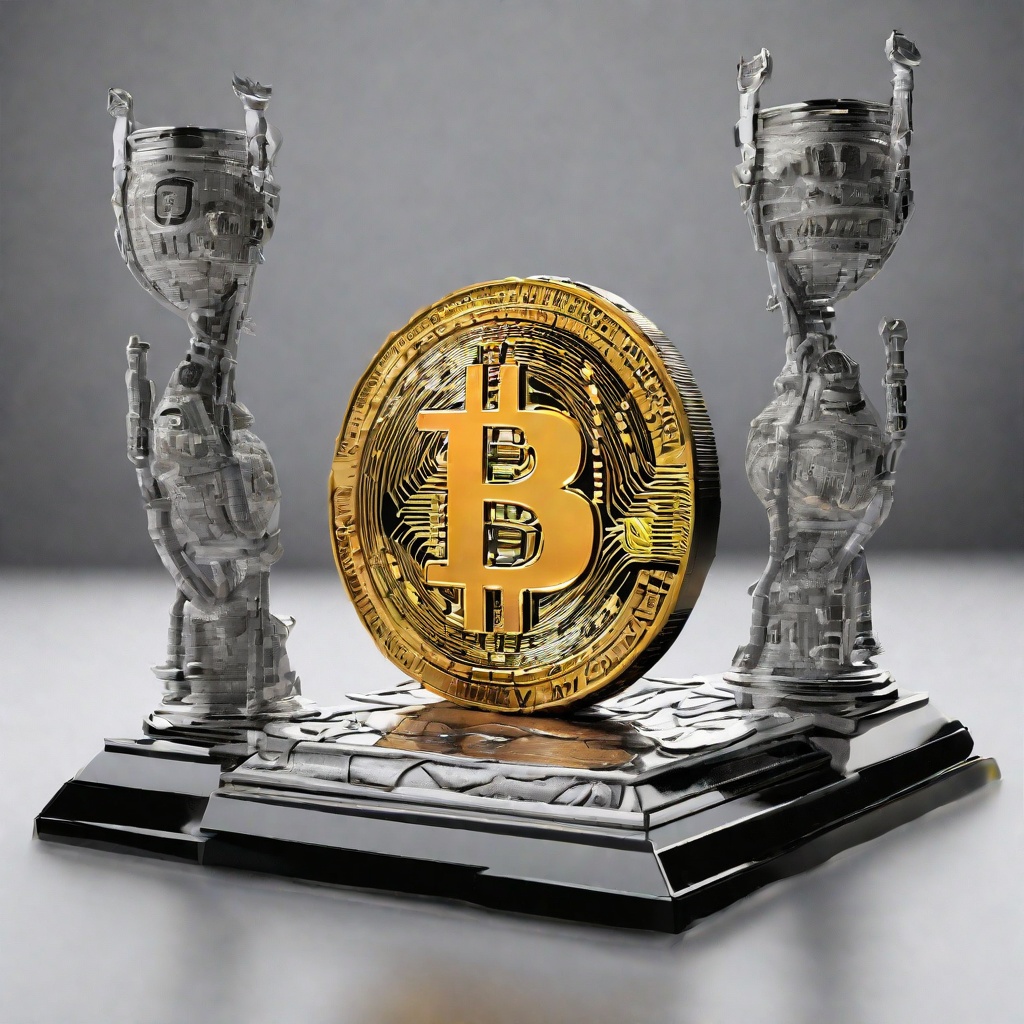
Are there historical figures on American coins?
Have you ever wondered about the intriguing details etched onto American coins? Are there, perhaps, historical figures depicted on these small, yet meaningful pieces of metal? It's a fascinating question that delves into the realm of numismatics, the study of coins and currency. As you hold a quarter or a dime in your hand, have you ever paused to consider the significance of the images and inscriptions that adorn its surface? Could they potentially be representations of notable figures from our nation's past? Join me as we explore this intriguing topic and uncover the truth behind the question: Are there indeed historical figures featured on American coins?
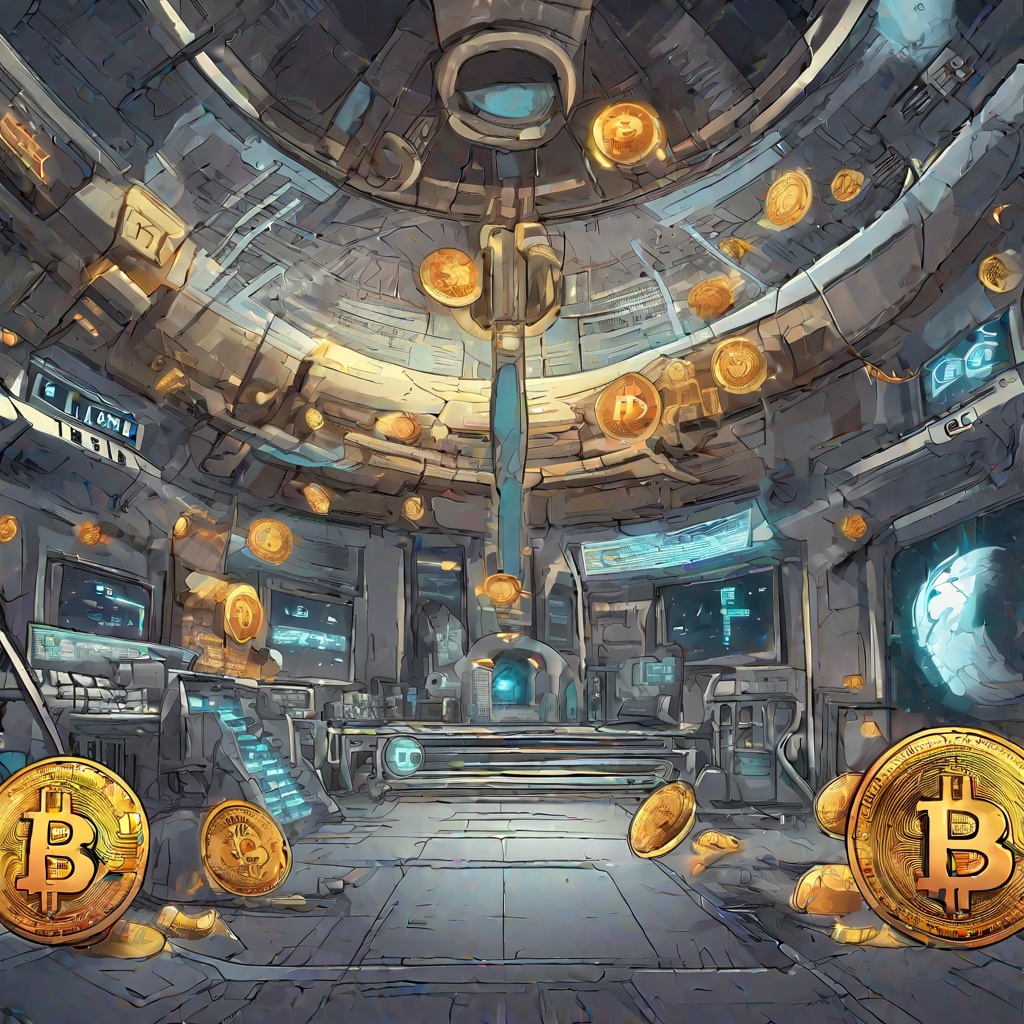
How much is a new $2 coin worth?
Excuse me, I'm curious about the value of a brand new $2 coin. Could you please clarify for me if its worth is simply the face value of $2, or does it potentially have any additional value beyond that? For instance, are there any collectors or investors who might be willing to pay more than the face value for a pristine, uncirculated $2 coin? Additionally, is there any significance or rarity to the design or year of issue that could impact its worth? I'm just trying to get a better understanding of the potential market value of such a coin.
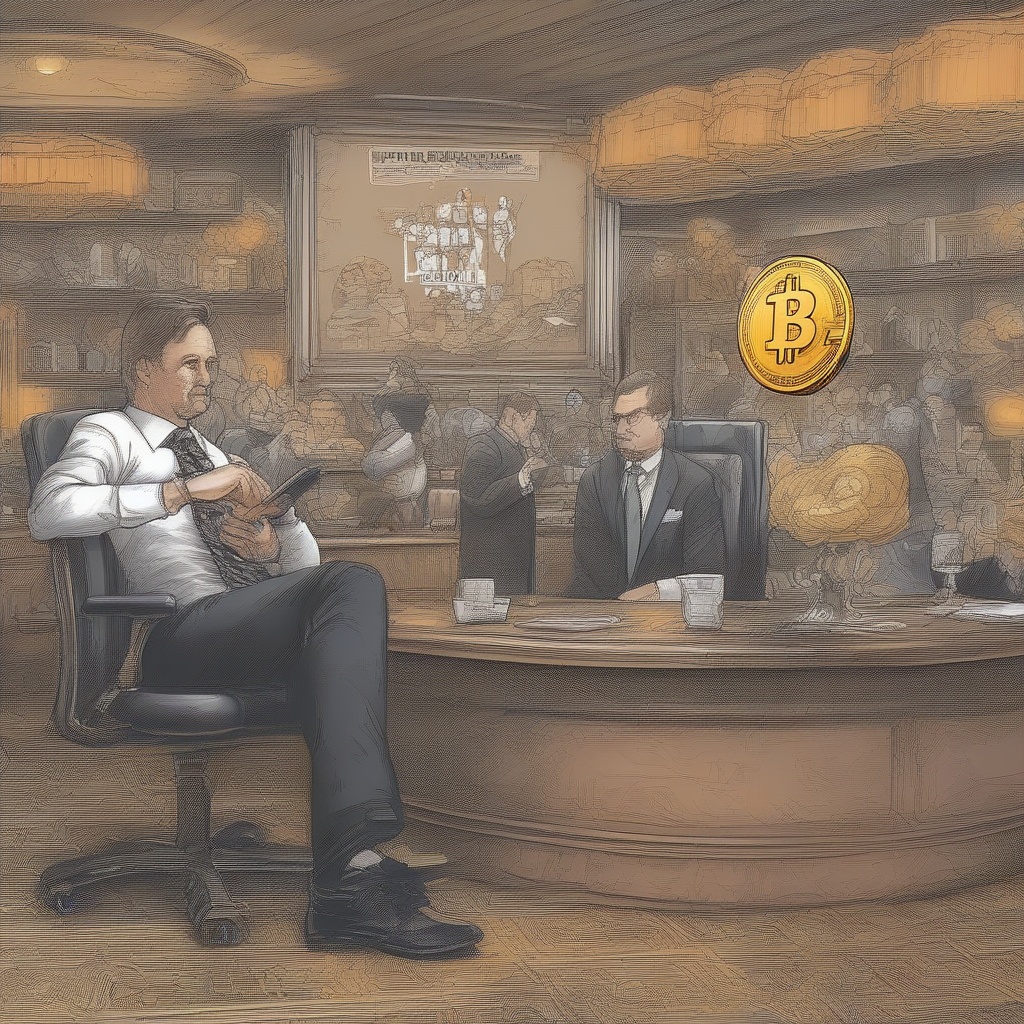
Why were coins used in ancient Greece?
Could you elaborate on the reasons behind the adoption of coins in ancient Greece? Was it purely for economic convenience, or were there other societal or cultural factors at play? How did the use of coins impact trade and commerce in the region? Additionally, were there any specific events or innovations that sparked the transition from bartering to using coins as a means of exchange?
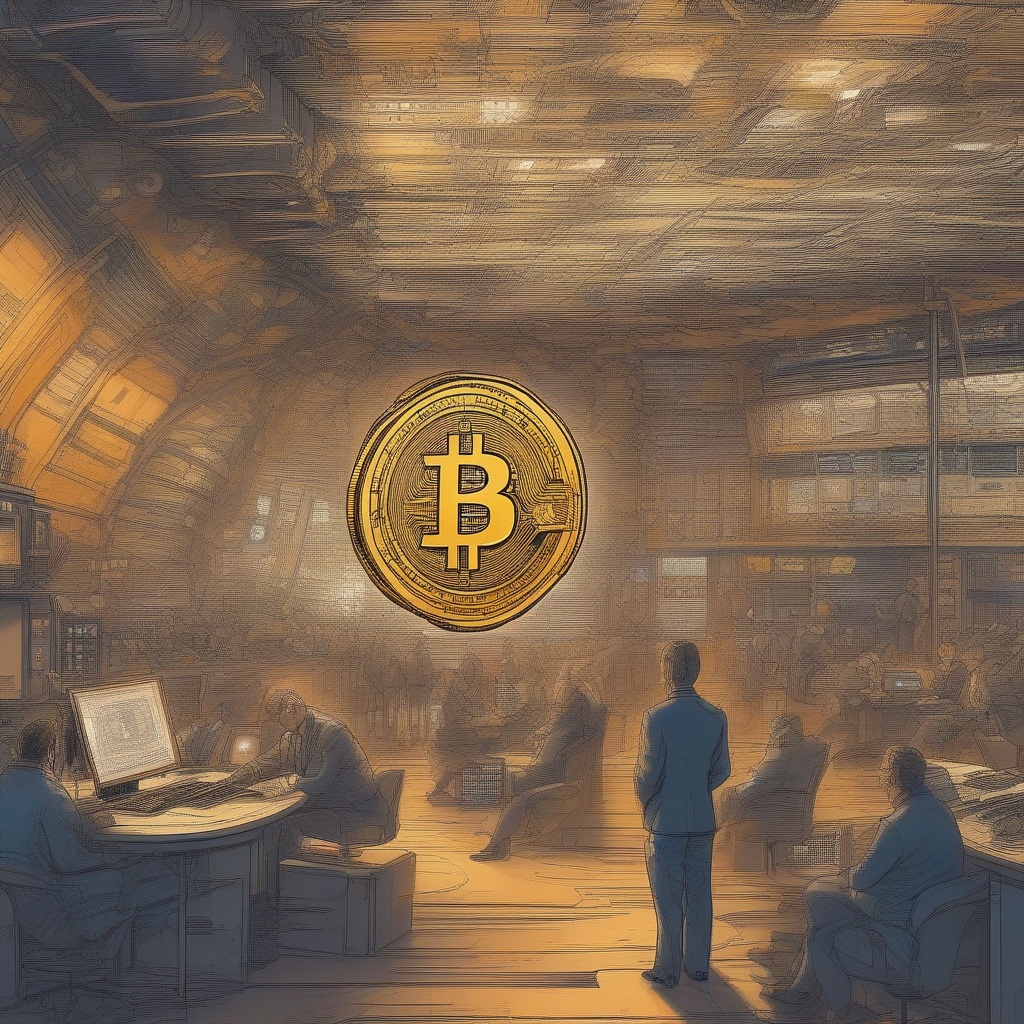
What are Japanese yen coins used for?
Could you please explain to me what exactly are Japanese yen coins used for in everyday life? Are they primarily meant for small purchases, or do they have a broader range of applications? I'm curious to understand the practicality and convenience of using yen coins in Japan. Additionally, are there any cultural or traditional significances attached to these coins that might influence their usage?
